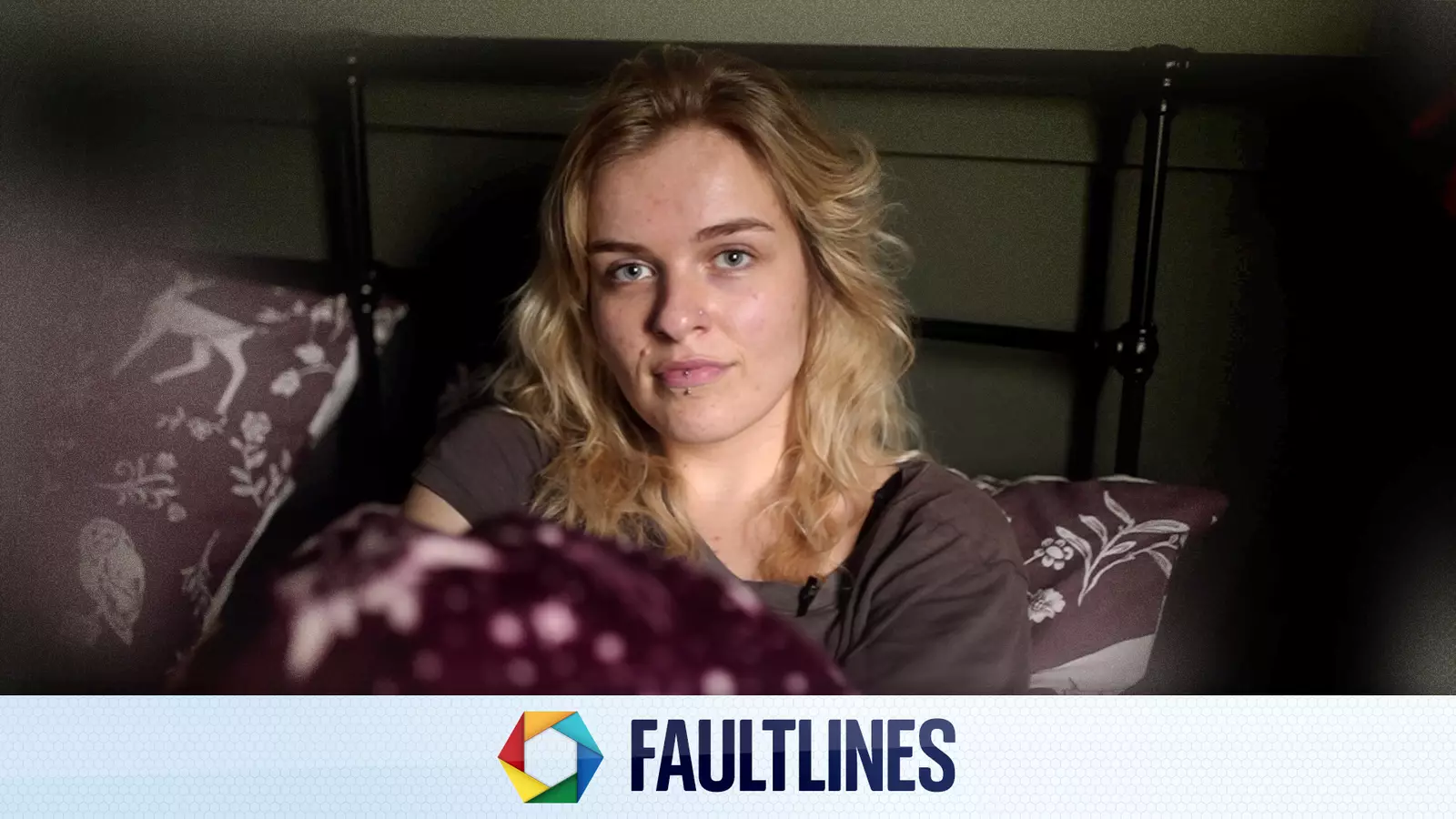Emily is experiencing excruciating pain every day, unable to even get out of bed without clutching onto a hot water bottle and relying on strong painkillers. The agony she describes is a result of endometriosis, a condition where womb-like cells are found in other parts of the body, leading to inflammation, pain, and the formation of scar tissue. This pain has been a constant companion since she was 12 years old, worsening as the years have passed. Despite multiple appointments, consultations, and surgeries on the NHS, Emily’s journey has been riddled with physical and emotional scars. The year and seven months she waited for surgery turned into a series of disappointments as the operation was canceled six times without a satisfactory explanation.
Emily is just one of millions of patients facing an agonizing wait for NHS treatment, a number that has doubled to 7.5 million during the pandemic. The NHS has failed to meet its own target of 92% of patients starting treatment within 18 weeks for nearly a decade, making it a significant issue in the upcoming general election. Political parties are promising solutions to reduce waiting times, with Labour proposing more evening and weekend appointments funded by cracking down on tax avoidance and non-doms, while the Conservatives and Lib Dems pledge an extra £1bn investment in the NHS. The public’s top priority is reducing waiting lists, with trust in political parties varying but overall skepticism about their ability to solve NHS problems.
The average wait for a diagnosis of endometriosis is nearly nine years, with waiting lists growing by over 60% since the start of the COVID-19 pandemic. Gynaecology waiting lists in England alone have nearly 600,000 people waiting for treatment. The NHS acknowledges the seriousness of endometriosis and is working to provide dedicated support and specialist care through pelvic health clinics and women’s health hubs. Despite these efforts, patients like Emily are left waiting for relief, both physically and mentally drained by the toll of their conditions. The current state of the NHS instills little hope for those in need of urgent care.
As Emily navigates the bleak reality of her situation, she expresses a deep desire for political leaders to prioritize the NHS in the upcoming election. The hope for a superhero-like figure to rescue the struggling healthcare system seems distant, with little faith in the current government or any other party to significantly improve the situation. The plea for enhanced focus and action on the NHS echoes across the country, as patients like Emily continue to suffer in silence, waiting for the care they desperately need.
The harsh realities of NHS waiting times paint a grim picture of a healthcare system in crisis. The stories of individuals like Emily shed light on the emotional and physical toll of prolonged waits for essential treatment. As the nation grapples with a mounting backlog of patients and unmet targets, the need for substantial change and decisive action in healthcare policy becomes increasingly urgent. Only time will tell if the voices of those impacted by NHS waiting times will be heard and if meaningful reforms will be enacted to alleviate their suffering.


Leave a Reply